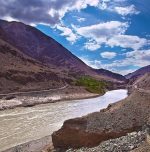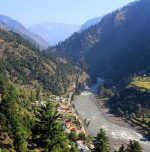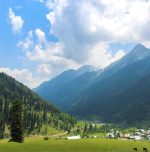World Bank permits India to construct Hydroelectric projects

In order to improve its hydroelectric capacity, India wants to construct hydroelectric projects such as Kishanganga and Ratle with 330 megawatts and 850 megawatts respectively in Jammu and Kashmir.
But Pakistan opposed it. In this situation, the World Bank negotiated with both countries and India was permitted to construct hydroelectric projects on the tributaries of the Jhelum and Chenab rivers. Yet, certain restrictions would apply as per the provisions of the 1960 Indus Water Treaty (IWT), says the World Bank.
The IWT was signed in 1960 between India and Pakistan with constant negotiations of the World Bank for nine years. It is a water distribution treaty between both counties in which India was given control on eastern river like the Beas, the Ravi and the Sutlej whereas Pakistan would have control over western rivers like the Indus, the Jhelum and the Chenab.
Even though, the treaty is intended for water distribution between India and Pakistan, it resulted in partitioning of the rivers in reality.
A one-time financial compensation was also received by Pakistan for the loss of water caused to it due to lack of control over eastern rivers. However, Pakistan violated the rules and constructed Left Bank Outfall Drain (LBOD) due to which floods in India have increased and the water bodies in India are being contaminated.
Now, Pakistan is opposing to the construction of hydroelectric projects and due to the negotiations of the World Bank, India is permitted to continue as per the provisions of the treaty.
In order to settle the technical issues of the treat yin an environment of cooperation, both the counties have agreed to continue their discussions in September as per the statement of the World Bank.
Pakistan asked the World Bank for setting up a Court of Arbitration whereas India has asked to appoint a neutral expert to look into technical issues and other concerns raised by Pakistan.
Image credit: Image by Bishnu Sarangi from Pixabay (Free for commercial use)
Image Reference: https://pixabay.com/it/photos/diga-diga-di-sardar-sarovar-2360944/










Leave a Reply